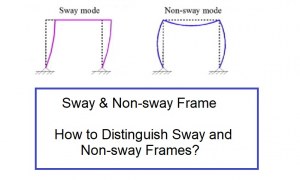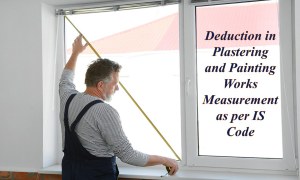🕑 Reading time: 1 minute
Reinforcement detailing of a slab is done based on its support conditions. Slab may be supported on walls or beams or columns. Slab supported directly by columns are called flat slab. Slab supported on two sides and bending takes place predominantly in one direction only is called One Way Slab. On the other hand, when slab is supported on all four sides and bending take place in two directions are said to be Two Way Slab. The slabs having ratio of longer length to its shorter length (Ly/Lx) greater than 2 is called one way slab otherwise as two way slab. In one way slab main reinforcement is parallel to shorter direction and the reinforcement parallel to longer direction is called distribution steel. In two way slab main reinforcement is provided along both direction.Slabs could be simply supported, continuous or cantilever. In two way slab the corners may be held down by restraints or may be allowed to lift up. Additional torsion reinforcement is required at corners when it is restrained against uplifting as shown in Fig.1.

Minimum clear cover to reinforcements in slab depends on the durability criteria and this is specified in IS 456-200. Generally 15mm to 20mm cover is provided for the main reinforcements. Alternate main bars can be cranked near support or could be bent at 1800 at the edge and then extended at the top inside the slab as shown in Fig.1. Curtailment and cranking of bars and is shown in Fig. 2.



 Fig.4: Slab spanning in one direction (One-way slab)
Fig.4: Slab spanning in one direction (One-way slab)
 Fig.5: Slab spanning in two-directions (two-way slab)
Fig.5: Slab spanning in two-directions (two-way slab)
Read More:
Reinforced Concrete Slab Design and Detailing Guide IS456: 2000 What is Rebaring Technique in Reinforced Concrete Construction? Corrosion of Steel Reinforcement in Concrete -Causes and Protection Reinforcement Calculator - Areas of Different Diameters and Numbers of Rebars


